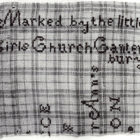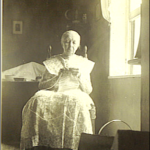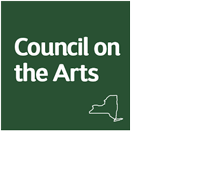Halloween’s origins date back to the ancient Celtic celebration of Samhain (pronounced “sow-in”). In addition to marking the end of summer and the beginning of the darker half of the year, the Celts believed that the veil between the living world and the spirit world was thinner on Samhain. It was thought that the spirits of the dead came back to roam the earth on this night. Sound familiar? Similar holidays occur around the world, like Mexico’s Día de Muertos (Day of the Dead) on November 1st. On this day, loved ones and ancestors who have passed are remembered in a number of ways, such as building altars where they place food, photos, and other objects belonging to the departed.
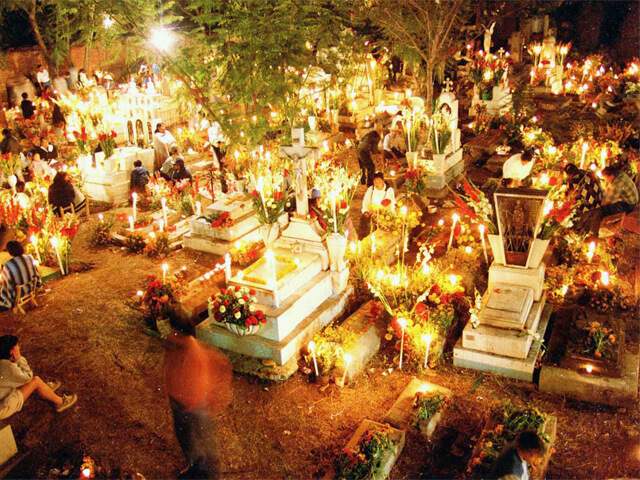
By the 9th century, Christianity had begun to influence ancient Celtic traditions and the church created All Saints Day and All Souls Day (November 1st and 2nd, respectively), which included elements of Samhain celebrations. Saints Day was also called All-Hallows (from the Middle English word Alholowmesse), and the night before it, All-Hallows Eve. This would eventually become called Halloween.
In America, Halloween was celebrated regionally at first. The Protestant hold on colonial New England meant a very limited Halloween celebration there. Different cultures, including those of Native American tribes, began to influence fall celebrations. But it wasn’t until the latter half of the 19th century that Halloween as we know it today began to form. An influx of Irish immigrants escaping the Great Famine brought their traditions with them. Costumes, jack-o-lanterns, and even an early form of trick-or-treating began to become commonplace. In the 1920s and 30s, Halloween became a time of community celebration, and the religious influence and superstitious elements began to disappear, turning Halloween into a secular holiday. Today, Americans spend about $6 billion on Halloween!

So, what about the Shakers? They certainly had a connection to the spirit world, believing that communication between the two worlds was possible (learn more about Shaker spiritualism here). In general, they did not participate in secular holidays or celebrations during their peak in the mid-1800s. As the 19th century waned, and Shaker numbers declined and villages closed, the outside world began to influence life within their community.
Sister Anna Goepper authored the journals at the South Family from 1915-1922. We know the Shakers were hosting Halloween parties, thanks to her written records. On October 31, 1917, she penned: “We have had quite a successful year, been blessed with abundance. Our folks are selling a great deal every day from store and farm. Had a Halloween supper and party. All gathered in the dining room and supper was served out of plates made of ½ pumpkins and we had lobster salad, pickles, potatoes, cheese, cake, and ice cream. The dining room was decorated with crepe paper orange and black, with witches astraddle a broom and black cats. After supper the girls all filed in masqueraded in a dance with Victrola going and it was hard work to tell which was which. Cakes were served and inside of each cake was found something – mine 5?, Sister Rosetta (of North Family who was visiting) got a coral breast-pin, etc. We had great sport. Then they went to the Church Family and North Family, Hugo took them in auto.”
Martha Hulings, who was brought to the South Family Shakers in 1920 at age 5 and remained with them until 1926, published her childhood memories in a book called Shaker Days Remembered, first printed by the Shaker Heritage Society in 1983. Martha includes an entire chapter about autumn, and particularly Halloween: “Fall brought Halloween when ghosts and goblins filled the air and lurked in dark places, or made eerie sounds across the swamp. Witches rode on broomsticks, and black cats passed in ominous silence across the paths of the unwary. To my over-imaginative mind these things were very real indeed and All-Hallow’s Eve was a delightfully fearsome time. My skin crawled as I went up the stairs where the lamplight shadows upon the wall and floor were more grotesque than ever.”

She recalls a game played at a Halloween party called the “spiderweb game.” Each person was given the end of a string, which wound through the building. At the end of each was a small treasure, which could be discovered by following the trail of the string. She writes of her experience:
“Mine led me up the staircase, dark with mystery, yet illuminated with one small lamp. I reached the top floor holding my string in a cold sweaty little hand. Terror seized me for the string led right up to the closed attic door and I was all alone. The screams of pretend fright or joy over found treasure reached my ears from a distance and petrified me.
I couldn’t go into that attic; it was dark up there, maybe there were even ghosts. I wanted that prize, but go up there all alone in the pitch black darkness? I, for whom the darkness always held dread? No, I couldn’t, I wouldn’t. I stood irresolute. I knew the older girls would laugh and call me ‘baby’ if I didn’t go. I wished I had a lamp or flashlight, but I had neither. I began to cry, and as I heard the shrieks of laughter and squeals of fright from below, I dropped the string and ran back down the stairs, through the dark halls and burst into the meeting room, tear-stained and trembling.
‘Look,’ someone cried, ‘Martha saw a ghost.’
‘Where’s your prize?’ another asked.
‘I, I didn’t get it,’ I sobbed. ‘My string went in the attic and its dark up there.’
It was Mary who spoke sternly to me. ‘Martha, you must stop being afraid. There’s nothing in that attic to hurt you. I’ll go stand at the food of the stairs. You go get your prize.’
My cries grew louder, ‘Nay, nay, I don’t want to go up there alone. It’s dark up there.’
Victoria [another Shaker child three years older than Martha] standing there said, ‘Please Mary, Martha is little. We’ve teased her and scared her even more. Let me go with her, she’ll go if I will, won’t you Martha?’
My ‘yea’ wasn’t very sure, but she took my hand and we went together, Victoria and I, and the little whistle at the end of that string was the most hard-won prize of my life.”
These parties are typical of what non-Shakers would have been doing at the time as well. Family and community gatherings, celebration of the abundance of the harvest, and fun games for children were common Halloween-time activities for Jazz Age Americans. Like most secular holidays, the Shakers eventually found these celebrations in their own homes, as the influence of the world continued to work it’s way into daily life.
